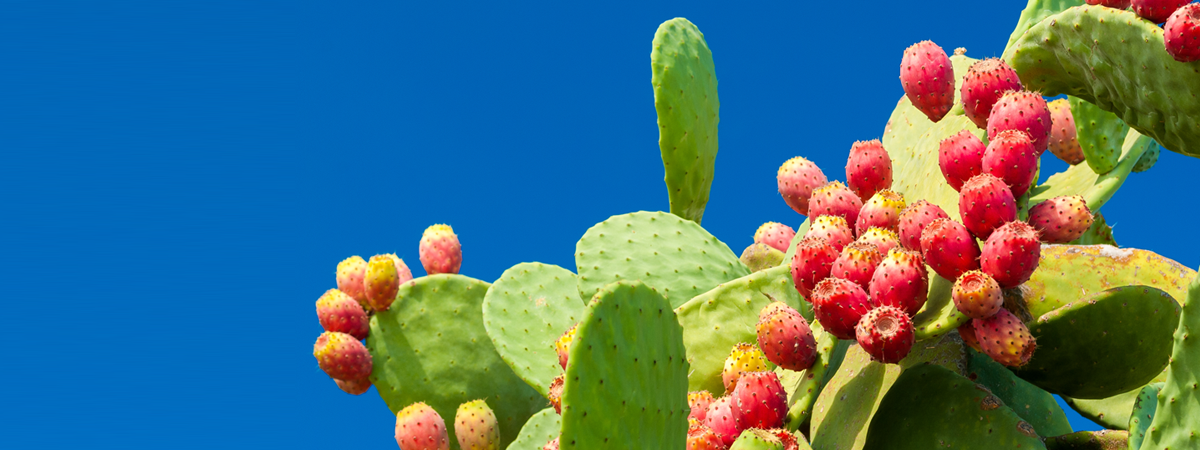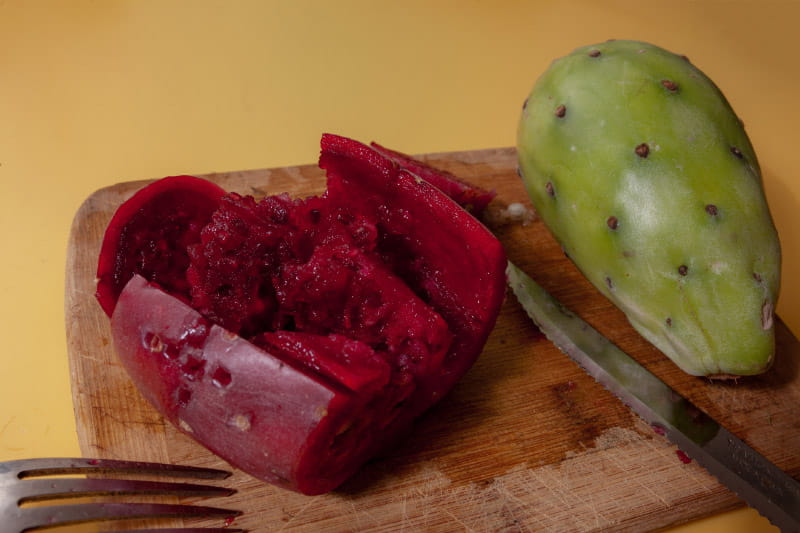
At first glance, prickly pear cactus may seem intimidating or even inedible. But this desert plant has a long history of being used as both food and traditional medicine for thousands of years.
The prickly pear cactus has a distinctive look with green pads covered in needlelike spines that protect it from predators. Each spring, the pads can produce colorful flowers. Oval fruits develop after the flowers bloom.
Prickly pear cactus is known in Spanish as nopal or cacto. With a little bit of care, both the pads (called tuna) and the fruit are edible and packed with vitamin C, minerals and fiber.
"Prickly pears are considered to have many health benefits," said Hope Wilson, a dietitian and nutritionist with the University of Arizona Cooperative Extension. "They're low in sodium, low in fat and have zero cholesterol" – all of which can contribute to heart disease.
Wilson educates others about the attributes of the fruit and the highly hydrating cactus pads through her outreach work on food safety and nutrition in central Arizona.

The flavor of the fruit depends on the variety but often is compared to watermelon. It's often turned into jams, jellies and even cocktails. The fruit's hairlike prickles, called glochids, should be peeled and the flesh scooped out. She said more people seem to be familiar with the fruit than the edible pads. "It's not as common for people, especially those who are coming from outside the desert," to consider eating the pads.
Although the drought-tolerant plant is native to the Americas, particularly in desert areas, different varieties grow throughout the world, including Australia. Texas adopted the cactus as its official state plant in 1995, and Arizona, New Mexico and California have showcased its attributes in festivals.
While it grows abundantly in the wild, the cactus plant can be cultivated. "Look for the tender ones," she said of the pads. "The spring is probably a good time for harvesting nopales to find the new and younger pads."
Once the pads are harvested, remove the spines before cooking. Grill the pads whole or diced, then sauté with onions and other vegetables. Wilson likened the taste of the pads to a cross between okra and green beans.
Wilson suggests checking grocery stores for ready-to-eat tunas and nopales – fresh or canned – but check labels for added sugars or high levels of sodium.
The prickly pear is popular in jelly form, she said, but use it sparingly on desserts, snacks or sandwiches because of the fruit's high sugar content, which helps with preservation and its gel-like texture. "If making prickly pear juice at home, remember to dilute the juice with water because drinking a lot of prickly pear juice all at once can cause stomach discomfort and possible nausea," she said.
Before meeting the prickly pear head-on, equip yourself with a good pair of tongs. It may be the best way to avoid a prickly encounter – just ask Wilson. She once tried to get a close-up picture of a colorful tuna and promptly felt the defensive sting of the prickly pear in her bare hand. "Just be safe and wear heavy gloves," she said.